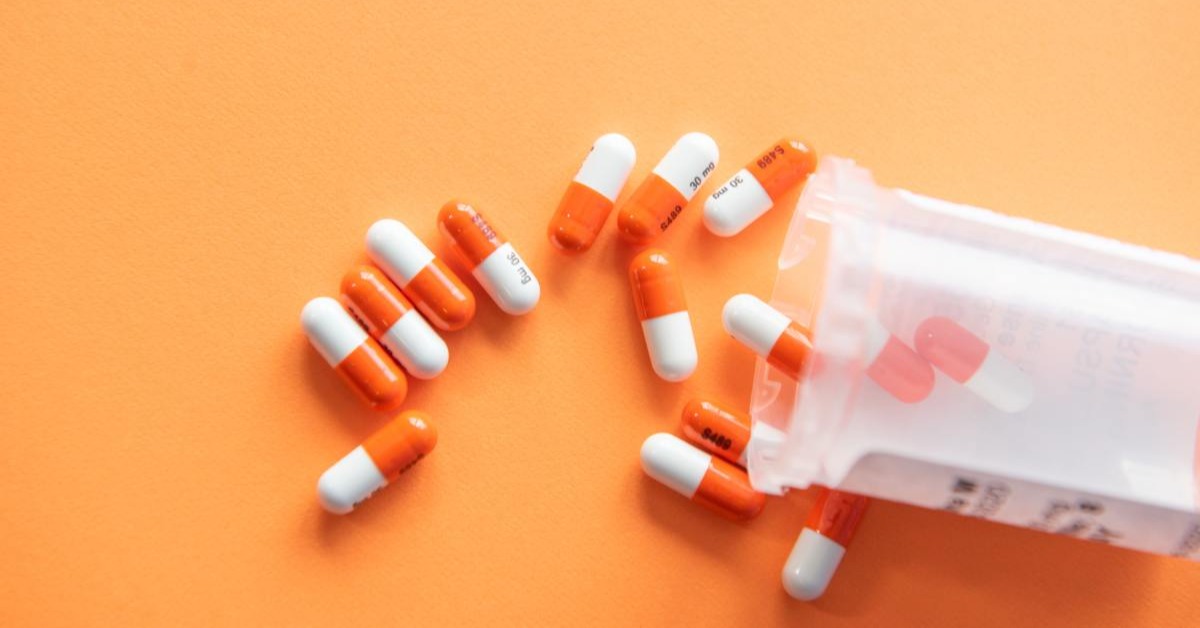
What is a 6-Year BS/PharmD Program?
Becoming a pharmacist requires a good deal of schooling: a [...]

All Doctor of Pharmacy (PharmD) programs include an experiential education component in the form of pharmacy rotations—the final step in the degree process. As Doctor of Pharmacy students near completion of the didactic portion of their training, they begin direct patient care activities in various rotation sites. These rotations—beginning with the Introductory Pharmacy Practice Experiences (IPPE) and followed by the Advanced Pharmacy Practice Experiences (APPE)—are the hands-on, patient care opportunities through which pharmacists receive crucial training.
The framework for PharmD rotations follow standards set by the Accreditation Council for Pharmacy Education (ACPE), an independent organization that oversees all Doctor of Pharmacy programs in the US. This professional training enables pharmacy students to gain experience in specialized settings and focused areas that include pediatrics, acute care, cardiology, critical care, or oncology with healthcare professionals who serve as preceptors and mentors.
Clinical rotations can help shape a pharmacist’s career path and professional outlook. One PharmD candidate in an ambulatory-care rotation at University Hospitals Family Practice Center in Cleveland commented that his rotation experience helped him realize that a pharmacist may be the only healthcare provider some people encounter. This made him more “mindful of cultural, environmental, and socioeconomic differences that patients may face” and how important it is that everyone receive “world-class care from his or her pharmacist regardless of education level, socioeconomic status, or ability to pay.”
In this article, we’ll answer the question how do pharmacy school rotations work and cover the following:
As pharmacy students proceed through their coursework, a schedule of hands-on patient care and research rotations is woven into the curriculum to provide experiential education opportunities. These onsite rotations provide real-world experience and enable students to apply theory to practice.
Rotations commence with the Introductory Pharmacy Practice Experiences (IPPE). Set in community pharmacies, hospitals, or institutional rotation sites, IPPEs typically last four to six weeks each.
Candidates then proceed to APPE rotations (Advanced Pharmacy Practice Experiences). These rotations also last four to six weeks and are designed to present a broad range of specialized settings. For example, APPE rotations at the University of Wisconsin include placements concentrating on managing patient care, assessing medication systems, teaching health and wellness, implementing interprofessional healthcare team initiatives, practicing clinical pharmacist professionalism, exploring practice and location options with elective rotations, and advancing global and public health initiatives.
Some of these rotation sites may require commuting or even short-term relocation. Many of the mandatory rotations are scheduled electronically to ensure adequate spacing, but elective rotations are often easier to add to one’s schedule. Some programs allow students to suggest specific site and clinical practice placement options.
During clinical rotations, pharmacy students can participate in designing or modifying therapeutic regimens, coordinating discharge medications, providing pharmacokinetic consults, completing formal pharmacy drug information questions, and identifying patients at risk for certain types of medication therapies.
PharmD students may also work on formal presentations during rotations, including journal club articles and patient case presentations to be reviewed by preceptors or faculty. They may also attend conferences and meetings in addition to completing their patient care rounds and other daily responsibilities.
Let’s look at how some top pharmacy programs design and schedule rotations.
Butler University divides IPPE rotations into two spring/summer, four-week, 160-hour sessions after the completion of first year didactic studies. The first rotation is a Community IPPE; it’s “designed to introduce students to the fundamentals of community pharmacy practice and engage students in learning opportunities to enhance technical, clinical, and professional knowledge, skills, abilities, and attitudes.” Next comes the Institutional IPPE, scheduled after the second year of study. It has the same goals, but with a focus on inpatient and institutional pharmacy practice.
Following their third year, Butler students begin ten four-week, 160-hour APPE rotations, one each in general medicine, acute care in-patient, hospital/health system, and ambulatory care—and two each in community practice, patient care elective (in-patient or out-patient), and elective rotations (either patient care or non-patient care).
Johns Hopkins University’s APPE rotations are categorized in two groups: direct patient care and non-direct patient care.
Direct patient care includes acute care/internal medicine (neurosciences or surgery), cardiology (acute care or hematology), critical care, emergency medicine, infectious diseases (adult HIV/AIDS outpatient services, antimicrobial stewardship, or general consult), oncology, pain management and palliative care, pediatrics, psychiatry, and transplants.
Non-direct patient care covers informatics and drug policy, investigational drugs, medication safety, and pharmacy leadership and management. Johns Hopkins also offers a hospital/health system pharmacy rotation.
At Rutgers University, students are offered similar pharmacy practice rotations that “involve diverse experiences, including shadowing pharmacists, participating in the drug delivery process, observing the use of automation technology in pharmacy practice, involvement in patient care activities and creation of care plans, and participating in community health education opportunities.”
After the first year, Rutgers’ IPPEs include four weeks (160 hours) of a community experience rotation in pharmacy services to reinforce knowledge of immunizations and medication orders and answer drug information questions. After the second year, IPPEs occupy four weeks of a hospital or institutional experience rotation that provide exposure to topics like drug therapy, medication use, and disease states like anticoagulation, diabetes, hypertension, and cancer.
Rutgers’ eight APPE rotations are five weeks long (200 hours each for a total of 1600 hours) and scheduled in the fourth year of study. The first three rotations include internal medicine, acute care medicine (critical care, pediatrics, infectious disease, transplant, and emergency medicine), and a general elective rotation with choices including internal medicine, acute care, population health, ambulatory care, drug information, and managed care. The second five rotations are completing with adjunct preceptors and EMSOP faculty and include community, hospital, ambulatory care, clinical, and an elective rotation.
Many PharmD programs begin incorporating experiential learning opportunities in their students’ first year of study, but most prefer students to complete the first year of didactic learning before hands-on experiences begin. Coursework on drug information, compounding, dosing, distribution, formulary and process management should be in-hand before PharmD students head to pharmacy departments, hospitals, or retail settings. Rotations build on knowledge and progress from lectures and lab work, so the sequencing and progression of rotations are important for students’ success.
How do you prepare for these weeks of various pharmacy rotations? One suggestion: treat each as a job interview:
Questions or feedback? Email editor@noodle.com

Becoming a pharmacist requires a good deal of schooling: a [...]
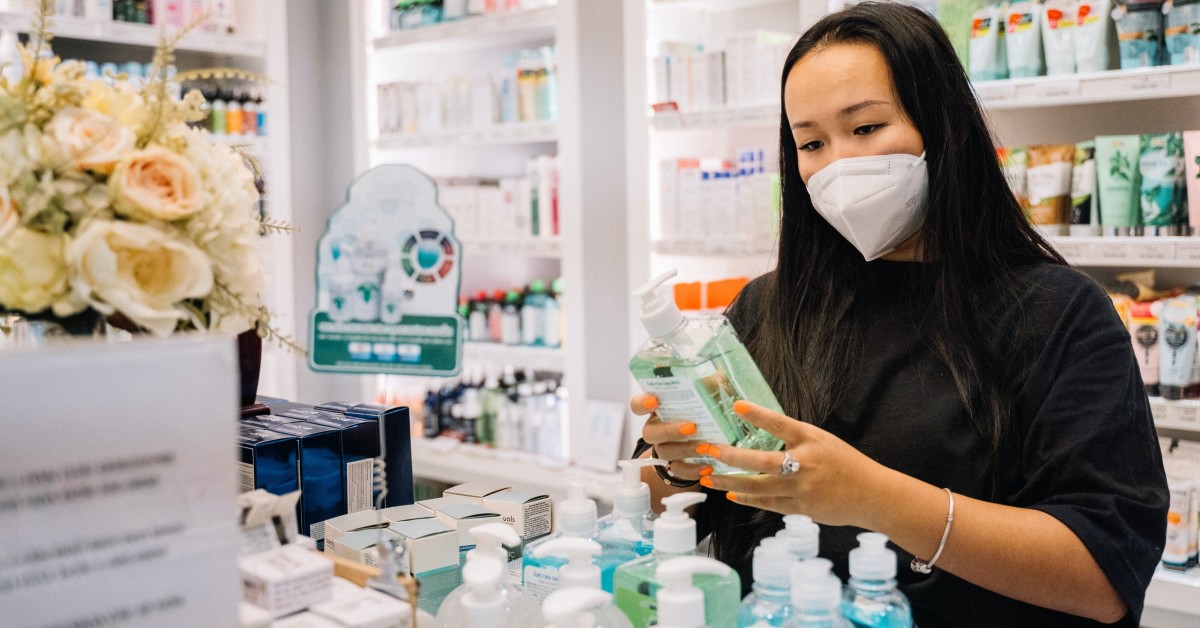
Pharmacy is not only a science; it's also a business. [...]
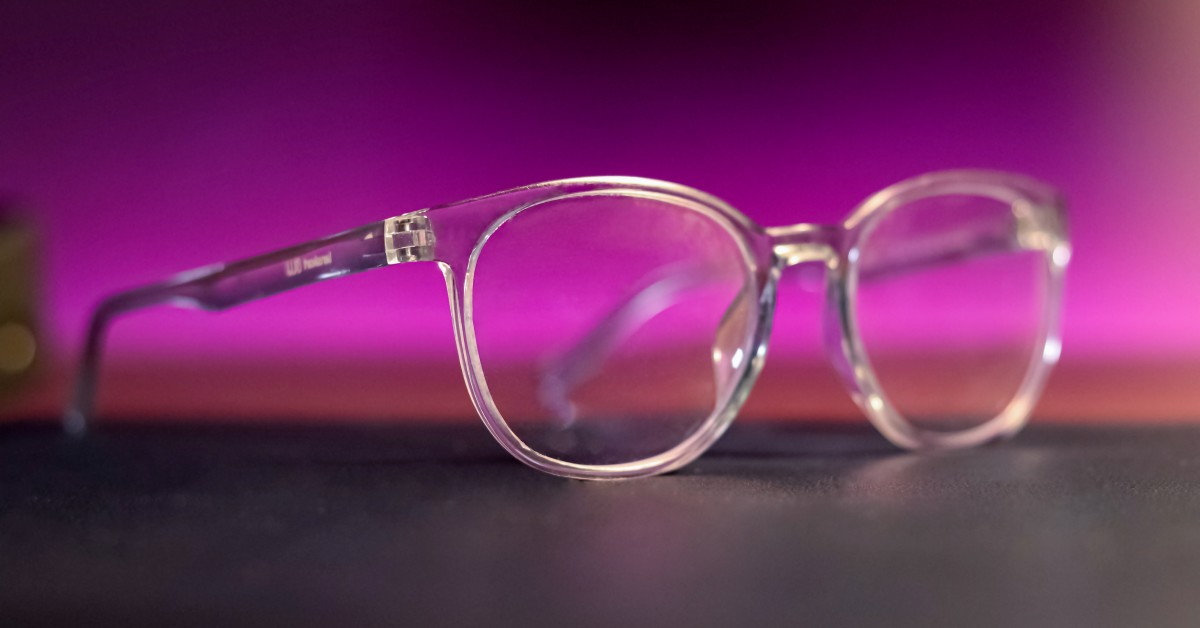
Admission to the US' 23 accredited Doctor of Optometry programs [...]
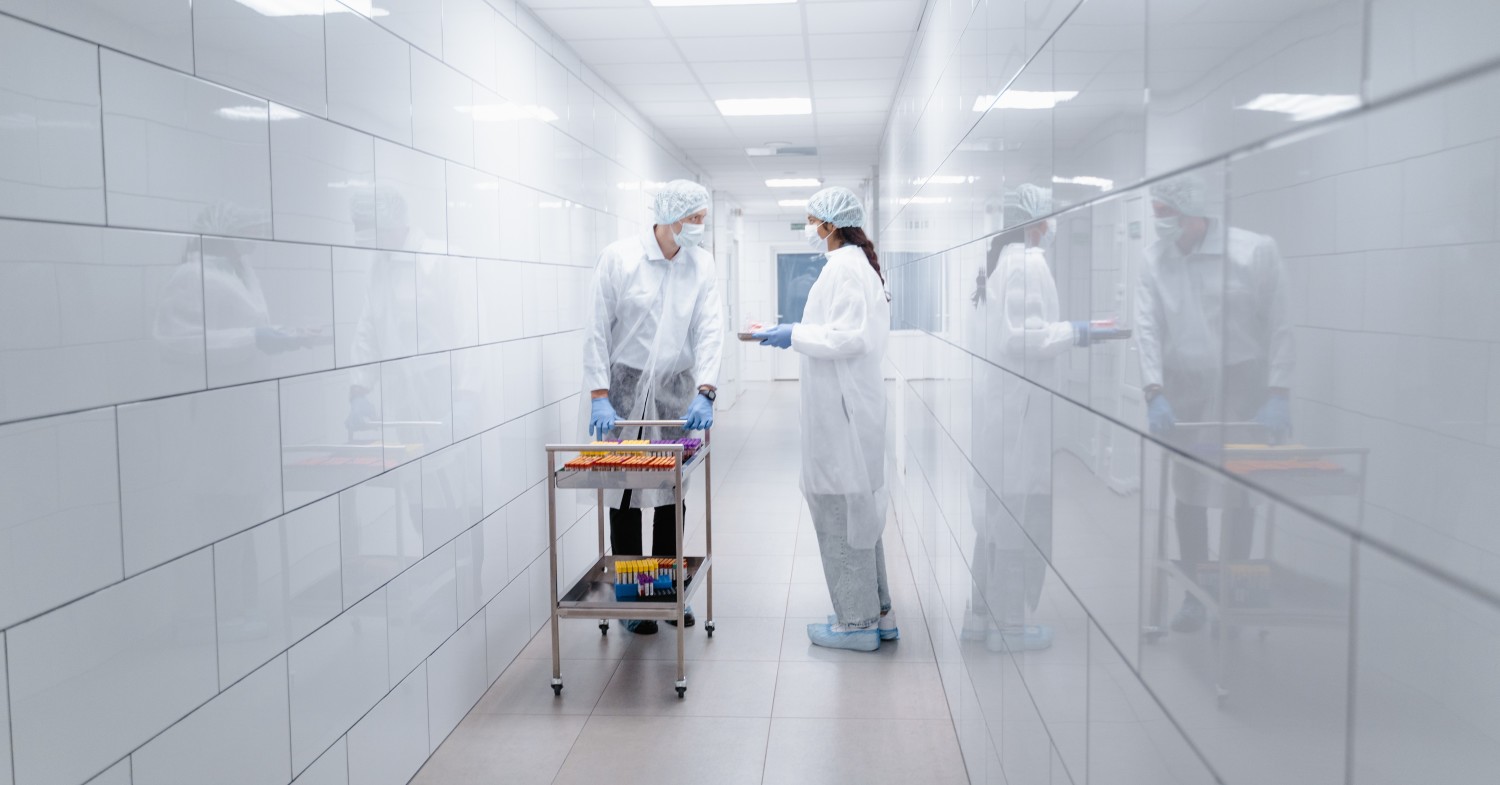
In inpatient healthcare settings, hospital pharmacists help provide quality patient [...]
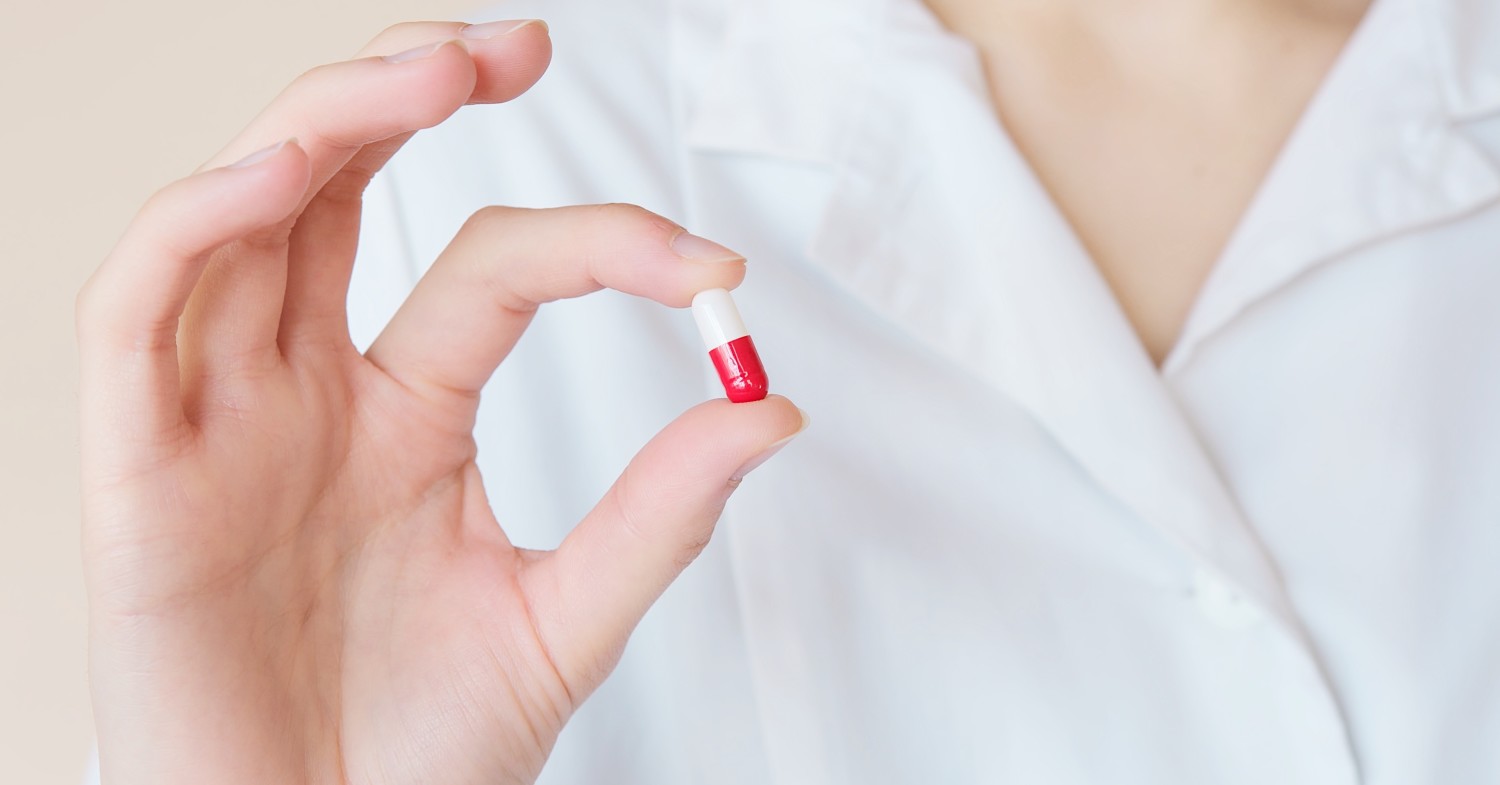
To become a pharmacist, you need to earn a Doctor [...]
Categorized as: Medicine, Nursing & Healthcare